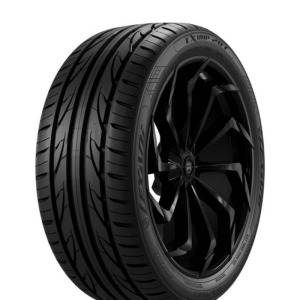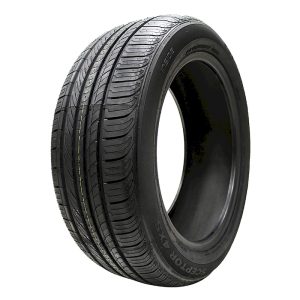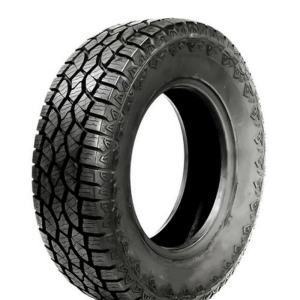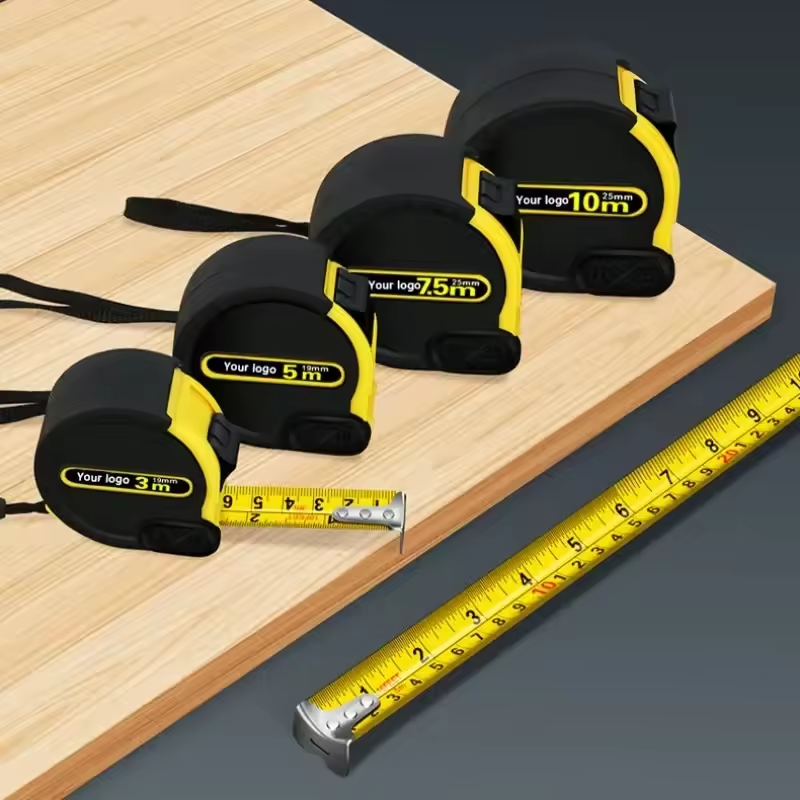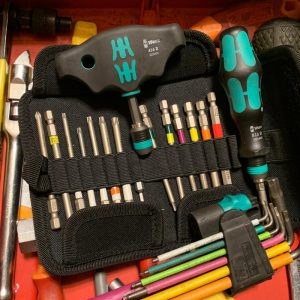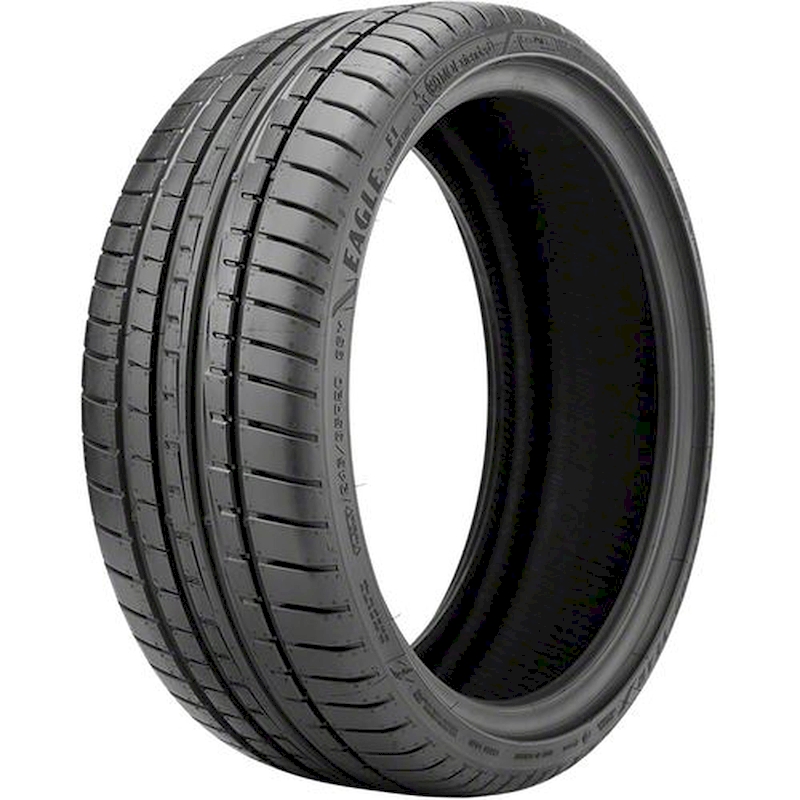
As winter approaches, many drivers start to think about how the cold weather affects their vehicles, particularly their tires. One common question that arises is whether it is necessary to add air to your car tires during the winter season. The answer is a resounding yes! The change in temperature has significant effects on tire pressure, which can impact your vehicle’s safety, fuel efficiency, and overall performance. Cold air is denser and, as temperatures drop, it causes the air inside your tires to contract, leading to lower tire pressure. Low tire pressure can compromise traction, handling, and fuel efficiency, making it vital to check and adjust your tire pressure regularly throughout the winter months. Understanding the science behind this phenomenon can help you be better prepared for safe winter driving.
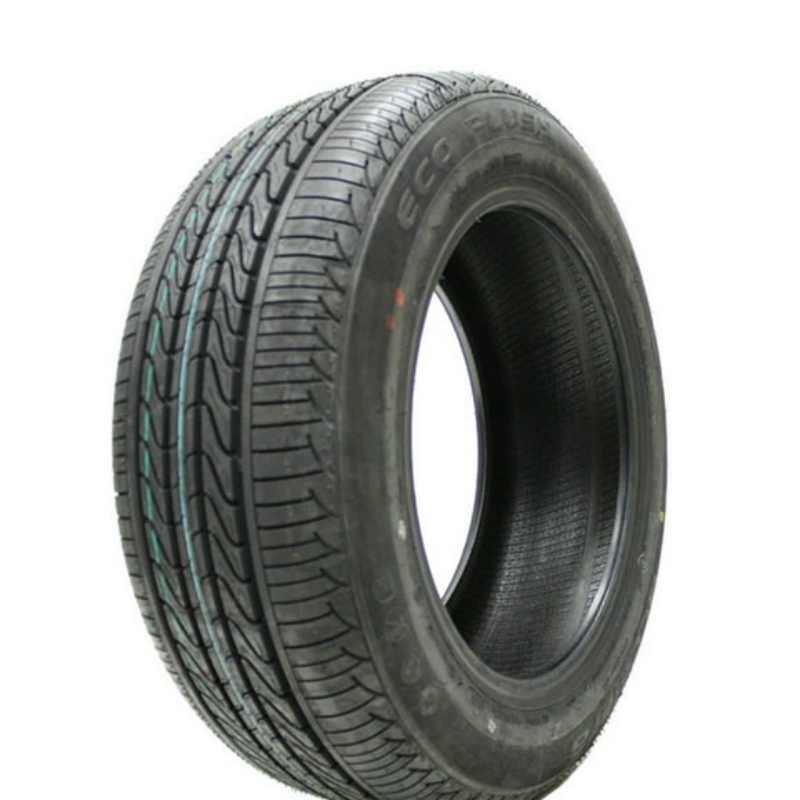
Understanding Tire Pressure Basics
To grasp why it is necessary to add air to your car tires during the winter, it’s essential to understand some basic principles about tire pressure and its implications.
What is Tire Pressure?
Tire pressure refers to the amount of air within a tire, usually measured in pounds per square inch (PSI). Each vehicle comes with its manufacturer’s recommended tire pressure, which can typically be found on a sticker inside the driver’s door or in the owner’s manual.
Why Does Tire Pressure Matter?
Correct tire pressure is crucial for maintaining optimal traction and handling. Under-inflated tires can lead to increased rolling resistance, making the engine work harder and reducing fuel efficiency. In contrast, over-inflated tires can cause uneven wear and increase the risk of tire blowouts.
The Role of Temperature
Temperature has a direct impact on tire pressure. For every 10-degree Fahrenheit drop in temperature, tire pressure decreases approximately 1 PSI. This means that during the cold winter months, you are at risk of having tires that are significantly under-inflated if you do not monitor and adjust the air pressure regularly.
The Importance of Monitoring Tire Pressure in Winter
Monitoring tire pressure becomes even more critical during winter due to various factors.
Enhanced Safety
Driving on tires with inappropriate air pressure can lead to dangerous situations, especially on icy and snowy roads. Under-inflated tires can reduce traction and lead to longer stopping distances, making it harder to control your vehicle.
Improved Fuel Efficiency
When your tires are properly inflated, your vehicle operates more efficiently. Under-inflated tires increase rolling resistance, which means your car must work harder, consuming more fuel. This is particularly crucial during winter when many drivers are already concerned about increased heating costs and fuel expenses.
Extended Tire Life
Consistent monitoring of tire pressure not only ensures safe driving conditions but also prolongs the life of your tires. Properly inflated tires wear more evenly, reducing the risk of blowouts and extending the time between replacements.

How to Check Tire Pressure
Knowing how to check tire pressure accurately is essential for winter tire maintenance.
Gather Necessary Tools
To begin, you will need a tire pressure gauge, which can be digital or analog, and an air compressor if your tires need air. These tools can typically be found at auto parts stores or gas stations.
Steps to Check Tire Pressure
- Locate the Recommended PSI: Find the manufacturer’s recommended tire pressure. This is often located on the driver’s side door jamb or in the owner’s manual.
- Check When Cold: Tire pressure should be checked when the tires are cold, which means the car has not been driven for at least three hours or has driven under 1 mile at moderate speed.
- Remove Valve Cap: Take off the valve cap from the tire you wish to check.
- Use the Gauge: Press the tire pressure gauge onto the valve stem and take a reading. Make sure to press firmly to ensure a proper seal.
- Compare Readings: Compare the reading to the recommended PSI. If your tire pressure is too low, add air until it reaches the required level.
When and How to Inflate Your Tires
It’s essential to know when and how to inflate your car tires properly.
When to Add Air
You should regularly check your tires, particularly during cold weather. It’s a good practice to inspect your tire pressure at least once a month and before any long trips. If you experience changes in handling or notice any signs of under-inflation, address it immediately.
Steps to Inflate Tires
- Find an Air Source: Locate a gas station or service area with an air pump. Many places have free services for tire inflation.
- Check Pressure Again: Use your gauge again after adding air to ensure you have reached the desired PSI.
- Replace the Valve Cap: Make sure to put the valve caps back on to keep dirt and moisture out of the valve.
Consequences of Ignoring Tire Pressure in Winter
Ignoring the need to add air to your car tires during the winter can have several negative consequences.
Increased Accident Risk
Low tire pressure can lead to decreased vehicle handling and longer stopping distances. This is particularly dangerous in winter conditions when roads are icy or snowy.
Reduced Tire Lifespan
Driving on under-inflated tires causes uneven wear, necessitating premature tire replacements. This can lead to increased financial costs in the long run.
Possible Mechanical Failures
Ignoring tire maintenance can lead to additional strain on vehicle systems, resulting in mechanical failures. Each tire is designed to carry a specific load, and not maintaining them correctly can lead to suspension issues.
Best Practices for Winter Tire Care
Maintaining your tires well during winter is essential for safe driving. Here are some best practices:
Regular Inspections
Conduct regular inspections of your tires, not just for air pressure but also for signs of damage or wear, such as cracks in the sidewall or tread wear.
Invest in Winter Tires
If you live in an area that experiences heavy snowfall or icy conditions, consider investing in winter tires. These tires are designed to perform better at low temperatures, providing improved traction and handling.
Maintain a Tire Pressure Log
Keeping a log of tire pressure readings can help you track any changes over time. This proactive measure can discover trends that require attention before they become significant problems.
Store Seasonal Tires Properly
If you switch between summer and winter tires, ensure they are properly stored. Keep your tires in a cool, dry place away from direct sunlight, which can compromise their integrity.
Eco-Friendly Considerations
Proper tire maintenance during winter not only contributes to your vehicle’s performance but also has positive environmental impacts.
Fuel Efficiency and Emissions
When tires are properly inflated, vehicles achieve better fuel efficiency. This reduces the amount of fuel consumed, subsequently lowering harmful emissions released into the atmosphere.
- Long-Term Savings: Not only is taking care of your tires better for the planet, but it also leads to long-term savings on fuel costs.
Recycling and Tire Disposal
When tires are properly maintained, they tend to last longer, reducing the frequency of tire replacements and therefore cutting down on waste.
- Recycling Programs: Ensure that when you do tire replacements, you participate in tire recycling programs. Used tires can be repurposed into various products, reducing environmental impact.
Addressing Common Myths About Tire Pressure
As with many aspects of vehicle maintenance, several myths persist about tire pressure that can mislead drivers.
Myth: It’s Enough to Check Tire Pressure in Winter Once
Contrary to popular belief, tire pressure should not be checked just once throughout the winter months. Factors like temperature fluctuations can make regular checks imperative.
Myth: All Tires Lose Air at the Same Rate
Not all tires will lose pressure uniformly. Older tires or those that have experienced previous damage may lose air more quickly than newer or well-maintained tires.
Myth: You Can Overinflate Tires Without Consequences
While drivers might assume that a bit of extra pressure is harmless, over-inflation can cause inadequate road contact, leading to decreased traction and uneven wear, increasing the risk of blowouts.
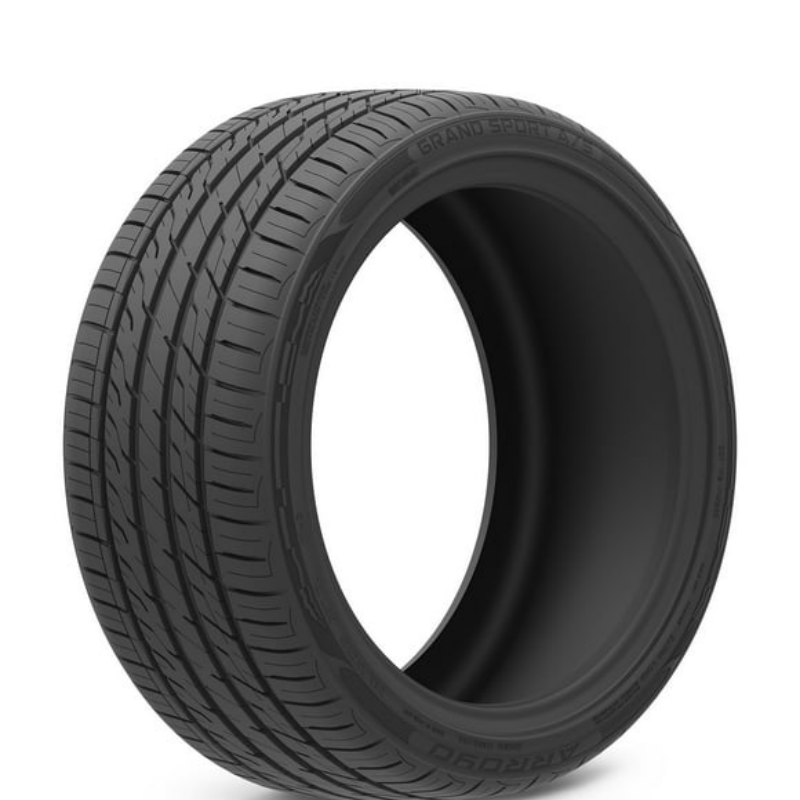
Conclusion: Committing to Ongoing Tire Care
Ultimately, understanding why it is necessary to add air to your car tires during the winter is essential knowledge for every driver. Tire pressure affects not just your vehicle’s performance but also your overall safety on the road.
Maintaining proper tire pressure is vital in ensuring that you do not compromise on safety and efficiency throughout the winter season. With varying temperatures leading to fluctuations in tire pressure, a consistent approach to checking and adjusting your tire inflation is prudent.
Embracing a proactive philosophy toward tire maintenance aids in not only enhancing your vehicle’s longevity and efficiency but also guarantees a safer driving experience. So, as the winter months roll in, make a commitment to monitor your tire pressure regularly, educate yourself on best practices, and appreciate the critical role that your tires play in your overall driving safety. Trust that this diligence will pay off in the form of better handling, improved safety, and a more enjoyable driving experience throughout the winter season!
